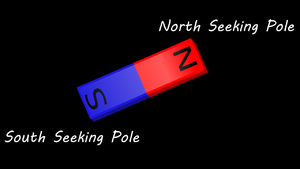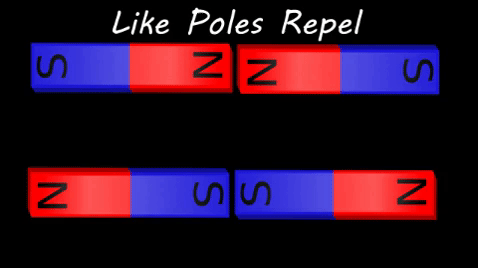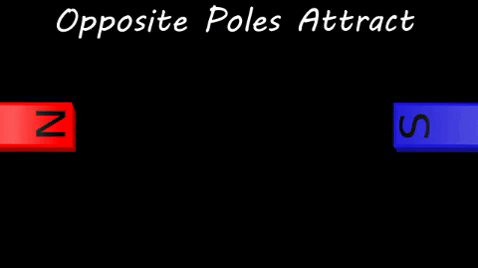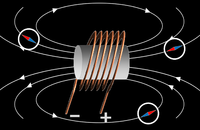Poles
Contents
Key Stage 2
Meaning

There are two poles on a magnet.
A pole is one end of a magnet.
About Poles
- The pole on a magnet can be a north seeking pole or a south seeking pole.
- Two like poles will repel each other: North-North and South-South.
- Two opposite poles will attract each other: North-South.
| Two magnets facing North-North will repel each other and two magnets facing South-South will repel each other. | Two magnets facing North-South will attract each other. |
Key Stage 3
Meaning
A pole is one end of a magnet.
About Poles
- The pole on a magnet can be a north seeking pole or a south seeking pole.
- Two like poles will repel each other: North-North and South-South.
- Two opposite poles will attract each other: North-South.
Key Stage 4
Meaning
A pole is point on a magnet where the most dense region of magnetic field lines enter the magnet.
About Poles
- The pole on a magnet can be a north seeking pole or a south seeking pole.
- Two like poles will repel each other: North-North and South-South.
- Two opposite poles will attract each other: North-South.
- A compass can be used to identify the poles on an magnet as it will point towards the South Seeking pole and away from the North Seeking pole.
| The red point of the compass points towards the South Seeking Pole of the magnet. | This diagram shows that the 'North Pole' of Earth is the South Seeking Pole of a magnet. | This diagram shows that when current enters the coil clockwise, that is the South Seeking Pole of a magnet. |




